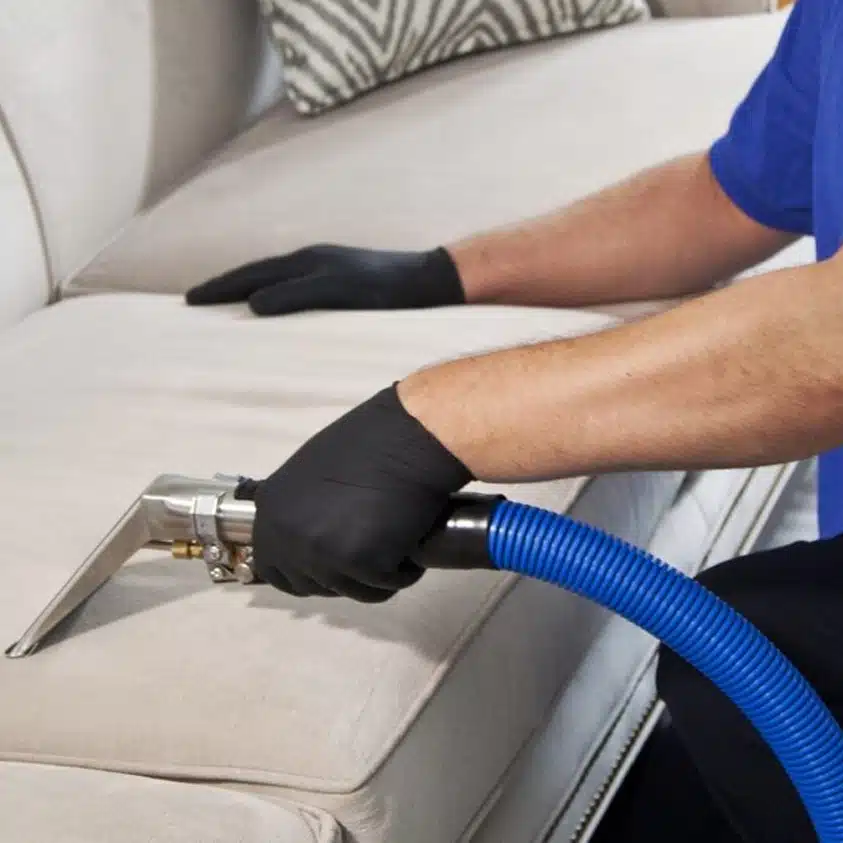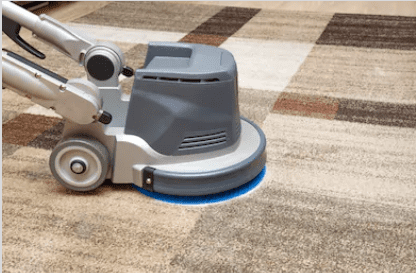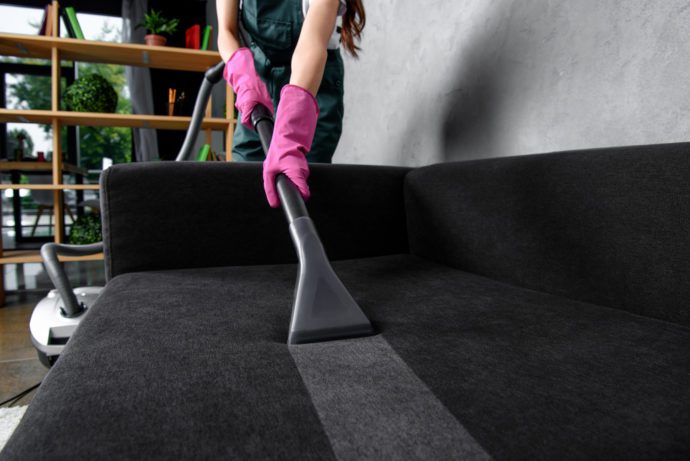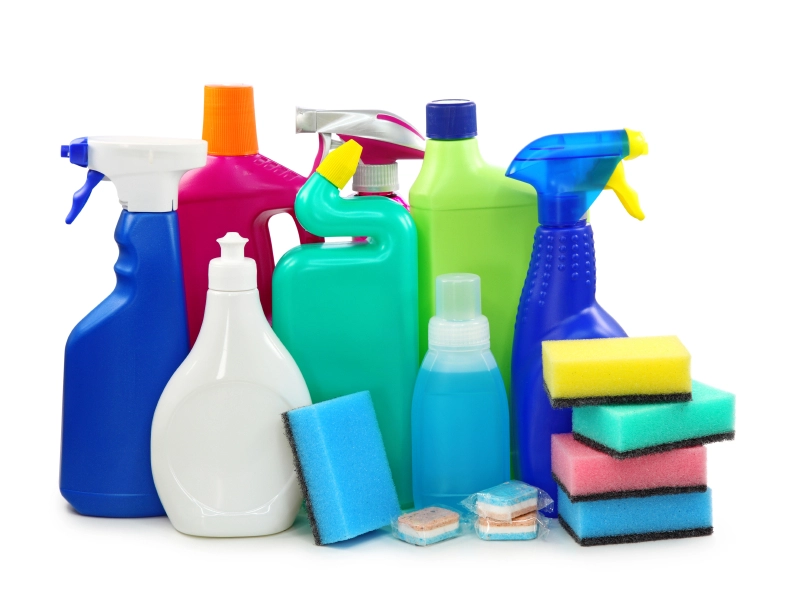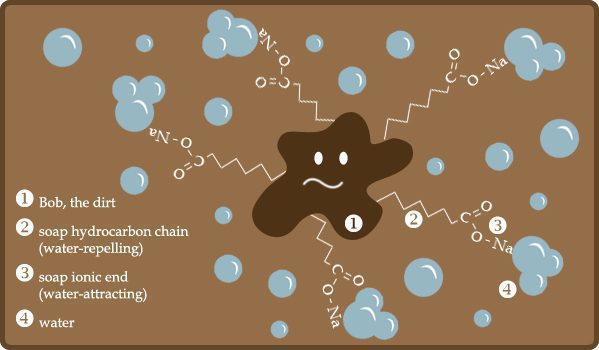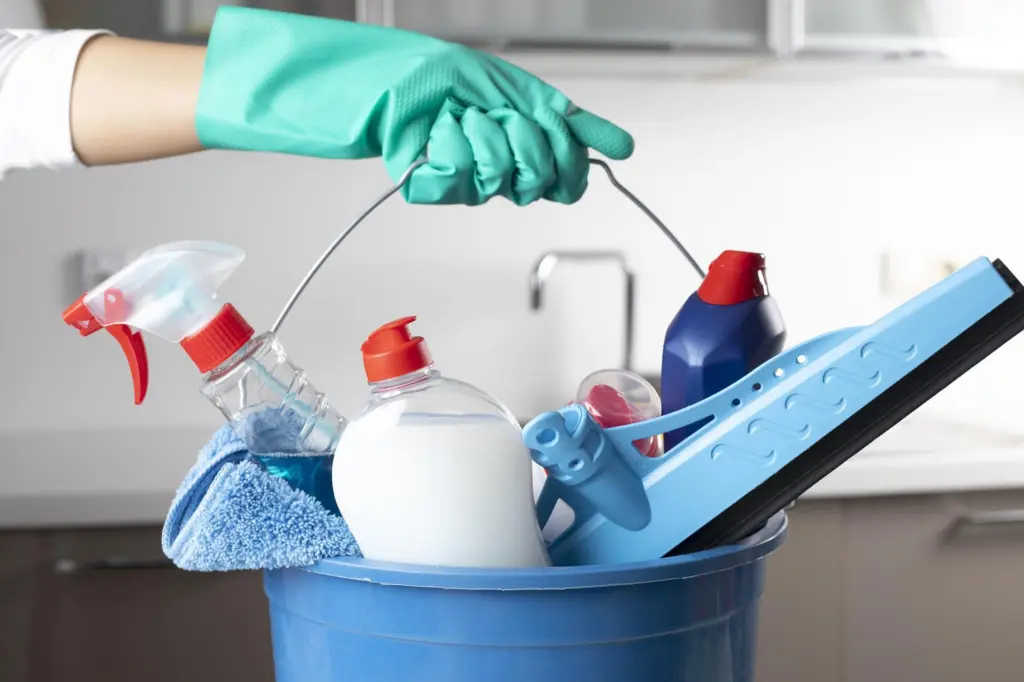- Home
- Locations
- AJS Carpet Cleaning Alta
- AJS Carpet Cleaning Alpine UT
- AJS Carpet Cleaning American Fork
- AJS Carpet Cleaning Benjamin
- AJS Carpet Cleaning Bountiful
- AJS Carpet Cleaning Cedar Hills
- AJS Carpet Cleaning Cottonwood
- AJS Carpet Cleaning Draper
- AJS Carpet Cleaning Goshen UT
- AJS Carpet Cleaning Highland
- AJS Carpet Cleaning Holladay
- AJS Carpet Cleaning Layton
- AJS Carpet Cleaning Lehi
- AJS Carpet Cleaning Lincoln
- AJS Carpet Cleaning Lindon
- AJS Carpet Cleaning Mapleton
- AJS Carpet Cleaning Midvale
- AJS Carpet Cleaning Murray
- AJS Carpet Cleaning Orem
- AJS Carpet Cleaning Pleasant Grove
- AJS Carpet Cleaning Riverton
- AJS Carpet Cleaning Salt Lake City
- AJS Carpet Cleaning Spanish Fork
- AJS Carpet Cleaning Springville
- Carpet Cleaning Taylorsville, UT
- Blog
- Services
- Get A Quote
- About Us



